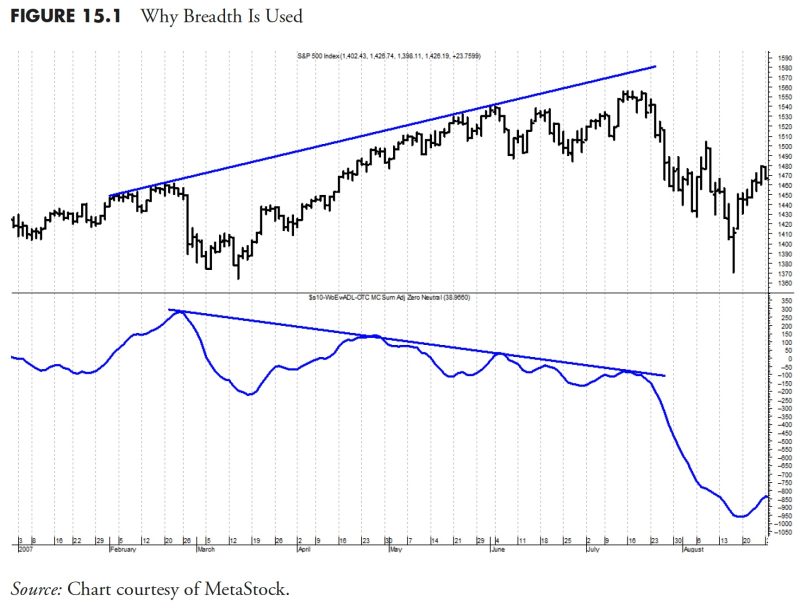In the world of finance and investment, rules-based money management plays a crucial role in guiding investors towards making informed decisions and managing risk effectively. By adhering to a set of predefined rules and strategies, investors can minimize emotional decision-making and achieve a more disciplined approach to their financial endeavors. In this article, we will delve into the key aspects of rules-based money management and discuss how putting it all together can lead to better investment outcomes.
Setting clear rules and guidelines for investment decisions is essential for managing risk and optimizing returns. This approach helps investors avoid impulsive decisions driven by emotions such as fear or greed, which can often lead to detrimental outcomes. By establishing predefined criteria for entry and exit points, portfolio allocation, and risk management, investors can maintain a structured and systematic approach to their investments.
One of the fundamental aspects of rules-based money management is defining clear entry and exit points for trades. This involves setting criteria based on technical analysis, fundamental analysis, or a combination of both, to determine the optimal timing for entering or exiting a position. By having predefined rules in place, investors can avoid making hasty decisions based on short-term market fluctuations and instead focus on the long-term potential of their investments.
Risk management is another critical component of rules-based money management. By establishing rules regarding position sizing, stop-loss levels, and overall portfolio allocation, investors can mitigate the potential downside of their investments. Implementing risk management rules ensures that losses are limited and that the overall portfolio remains diversified and resilient to market volatility.
Portfolio rebalancing is also an important aspect of rules-based money management. By regularly reviewing and adjusting the portfolio based on predefined criteria, investors can ensure that their investments are in line with their objectives and risk tolerance. Rebalancing allows investors to trim positions that have become overweight and reallocate funds to opportunities that offer better growth prospects.
Putting all these elements together – clear rules for entry and exit points, robust risk management strategies, and disciplined portfolio rebalancing – forms the foundation of a successful rules-based money management approach. By following a systematic and structured methodology, investors can navigate the complexities of the financial markets with confidence and clarity.
In conclusion, rules-based money management is a powerful tool that empowers investors to make informed decisions, manage risk effectively, and optimize their investment outcomes. By setting clear rules and guidelines for investment decisions, investors can stay disciplined, avoid emotional biases, and achieve long-term financial success. By putting all the components of rules-based money management together, investors can build a solid framework for navigating the ever-changing landscape of the financial markets.

